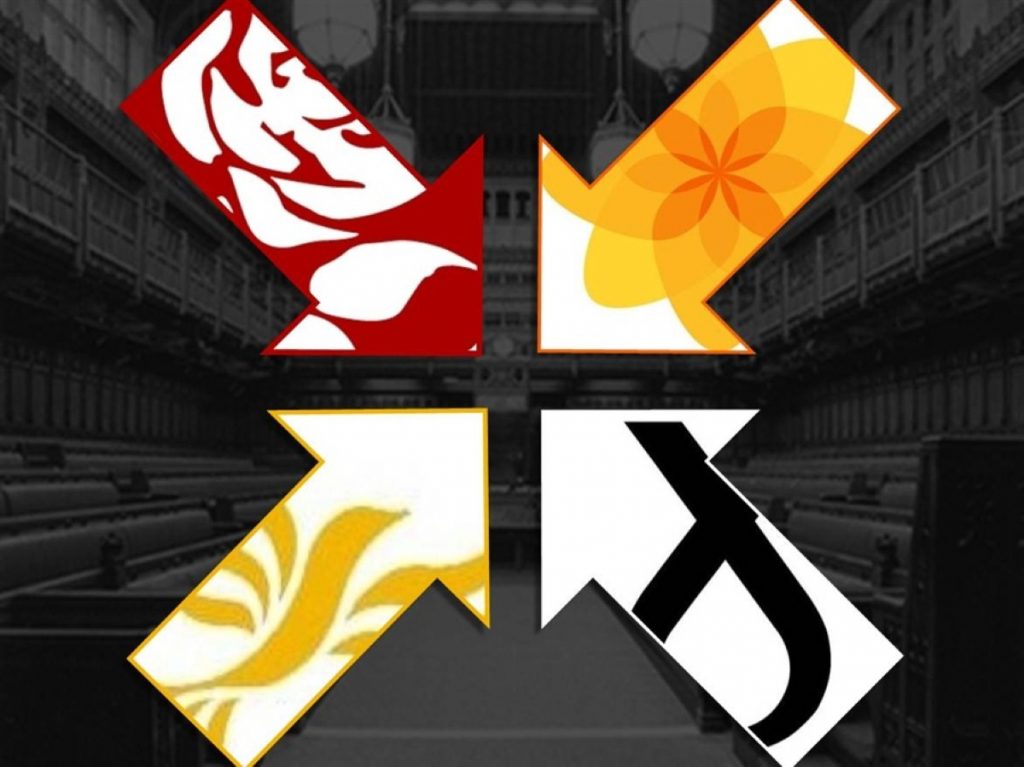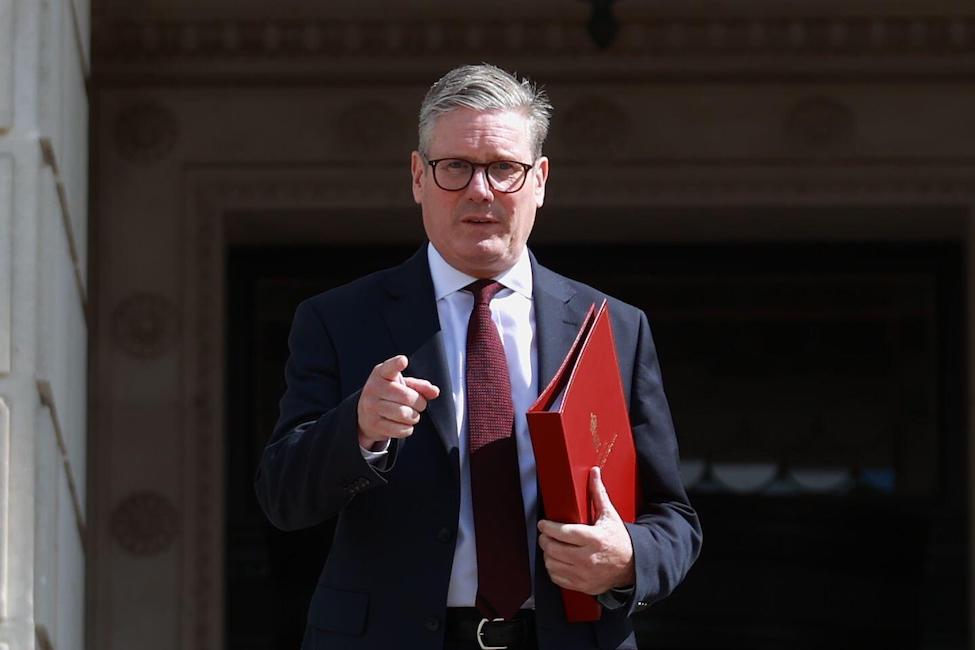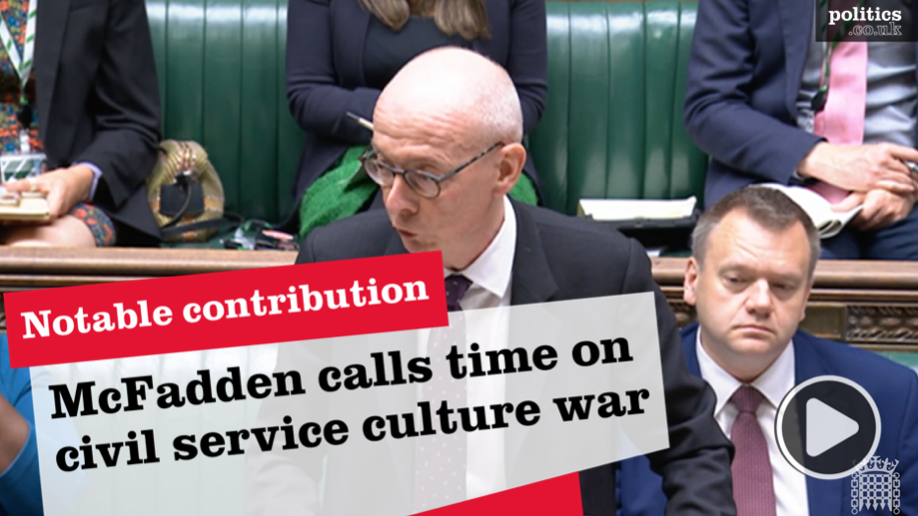For the first time since the 2019 General Election, the opinion polls are suggesting the numbers are now there for Labour to be able to form a coalition government with the Liberal Democrats.
According to Politics.co.uk’s general election model – one that digests the last 3 weeks of national opinion polls and extrapolates them into a constituency by constituency result – the Labour party would win 294 seats, and the Liberal Democrats 27 seats.
These projections come with the standard caveats about the possibility of the odd unusual local result, and the need to see the final impact of the impending boundary review. Yet allowing for the fact that Sinn Fein MPs do not sit at Westminster, the projected combined total of 321 MPs would now be just enough for Labour to be able to govern in coalition with the Liberal Democrats.
This development is significant because it means that Labour wouldn’t be reliant on support from the Scottish National Party in order to be able to form a government in London.
Although Labour currently maintains a lead of some 6.5% over the Conservatives in national opinion polls, this lead does not translate into an overall majority at Westminster. Under the current constituency voting system, Labour votes are more heavily weighted in existing Labour seats, notably those within England’s major cities. The Labour party is also significantly hampered because of its lack of representation in Scotland, where the party has just 1 MP.
Unless Labour can sustain a double digit opinion poll lead, the party’s only real chance of outright success in a general election, is to recover at least some of its lost ground in Scotland. For much of the post war period up until 2015, the Labour party would have expected to obtain over 40 Scottish MPs.
Should Labour be able to return to the 20 seat mark in Scotland, the party would only need a national opinion poll lead of around 7% to be able to form a majority government at Westminster.
Under the new Scottish Labour leader, Anas Sarwar, the party appears to be making tentative advances north of the border. Labour is now polling around 23% in Scotland, up 4% from the 19% it received in 2019. Yet to win even 20 seats in Scotland, Labour would need to increase its vote share to around the 28%-29% level. In this sense, the impact of Mr Sarwar to the wider direction of travel in UK politics as a whole, cannot be underestimated.
Without that Scottish revival, the logical next step for a Labour party falling short of a double digit polling lead, would be some kind of political accommodation with the Liberal Democrats.
The fact that this has now emerged as a more realistic numerical possibility, owes more to a recent uptick in support for the Lib Dems, than it does to anything more fundamental with the Labour party in England and Wales.
Throughout this parliament the Lib Dems have been struggling to surpass 10% in the polls. However with their poll ratings inching up by 2% in the spring of 2022, the party is now on track to gain 16 seats at Westminster, all at the expense of the Conservative party.
It is worth noting that this Lib Dem advance would now see them ousting two Conservative leadership hopefuls, in the form of the recent foreign secretaries, Dominic Raab and Jeremy Hunt.
The prospect of a Lib-Dem/Labour coalition is not necessarily something that will be welcomed across the political landscape.
Many Liberal Democrats remain scarred from their coalition experience with the Conservatives between 2010 and 2015. As has often happened with coalition governments in Europe, it was the junior coalition party, who felt the force of voter disquiet at the subsequent 2015 general election.
At the same time there are many in the parliamentary Labour party who will not welcome the suggestion that Labour might be dragged further to the centre in a marriage of convenience with the Lib Dems. The extent to which the composition of the parliamentary Labour Party has moved to the left – itself a by-product of Jeremy Corbyn’s five years of leadership – is again something that remains under discussed.
Nonetheless this latest change in the electoral arithmetic provides an interesting lens to superimpose upon political developments in the years up to 2024.
It offers a more meaningful backdrop to the suggestion that an informal electoral alliance might be developing between Labour and the Lib Dems. One where Labour at a local level remains relatively passive, as the Liberal Democrats battle to gain their target seats off the Conservatives in the English shire counties.
Moreover, when the respective soap operas of ‘partygate’ and ‘beergate’ finally run their course, the increased possibility of a Labour-Lib Dem coalition government, makes it altogether more interesting to observe potential similarities in the two party’s unfolding policy positions.












